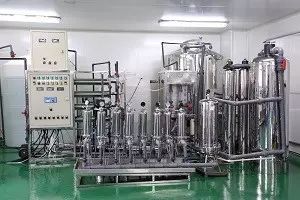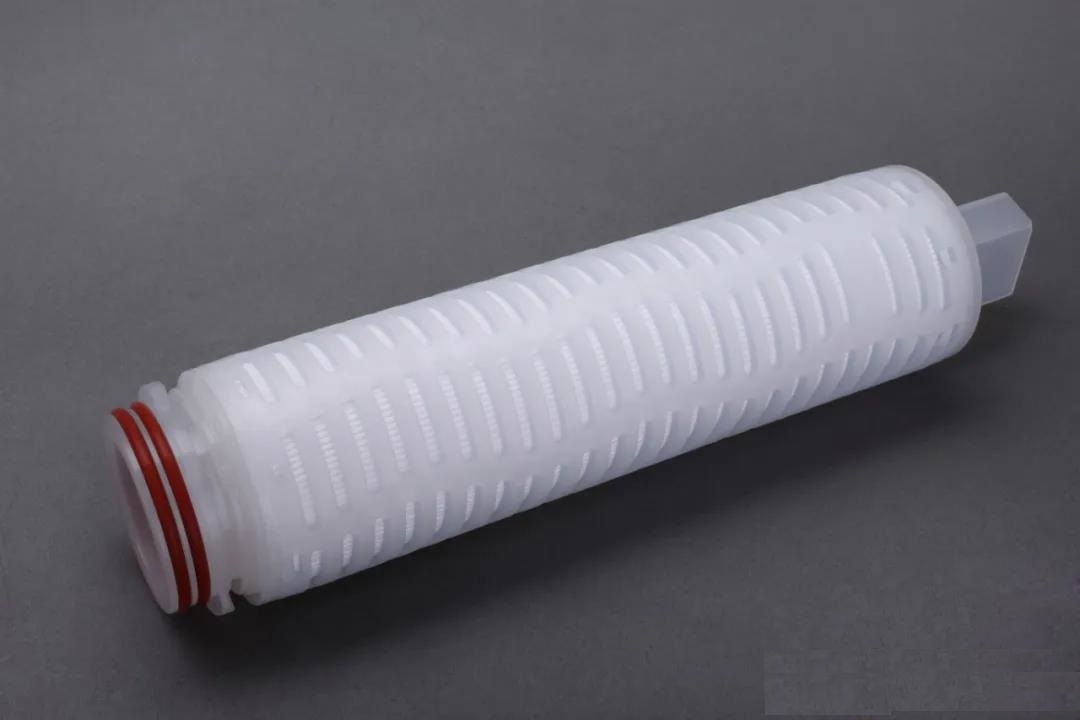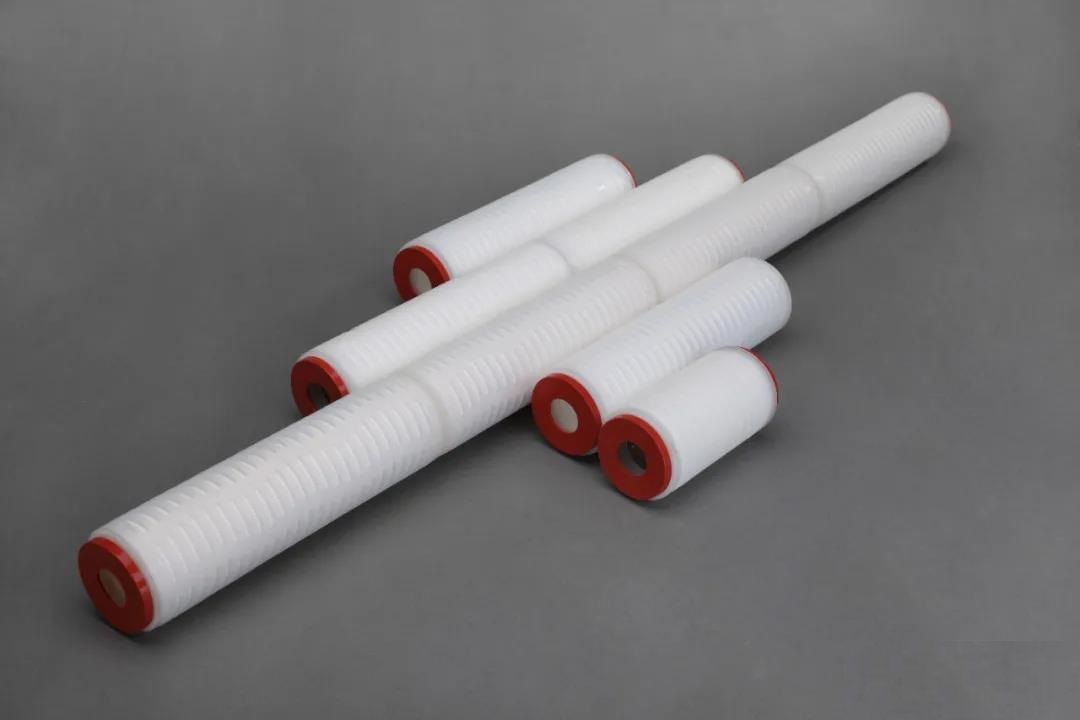2.Absulute rating :
Absolute Rating is also a common indicator of filter precision specificationsAbsolute rating is mean that the maximum particle diameter that can pass through the filter,In microns, that’s the maximum pore size of the filter, if the Particulate matter is larger than this pore size,it cannot pass through the filter element,so it is filtered to remove. Absolute rating is more accurate than nominal rating and better reflects the minimum particle size that the filter can intercept,But particles are not all spherical. They are very irregular in shape,In addition, the filter hole of the filter element may be uneven due to the processing processSo there could still be larger-sized fish escaping through the net. Therefore, there is a certain gap between absolute rating and practical application
3.Beta Rating:
Currently, the most common indicator of filtering accuracy and effectiveness is the Beta Rating (Beta value).The Beta Rating is the filtration ratio, which is the ratio of the number of the certain pore size particles contained in the liquid in the upstream and downstream of the filter element ,When detecting the filtering effect of the filter element. First, the number and size of impurity particles of a certain size in a unit volume in the upstream oil of the filter element are detected by a particle measuring instrument. Then, the number and volume of particles in the downstream oil of the filter element are measured. Then, the number of upstream is divided by the number of downstream, and the ratio obtained is the filtration ratio
For example, when the upstream of the filter element is detected, the number of particles with a size greater than 5 microns is 10.After filtering by the filter element, the number of particles above 5 microns measured in the downstream is 1, then relative to the accuracy level of 5 microns, the filtration ratio of the filter element is 10/1=10, marked as β5 =10.Obviously, the greater the β value, the better the filtering effect.When choosing the filter element, in addition to the filtering accuracy, but also to see the filtering ratio.Taking 5 micron particles as an example, if the upstream measured particles are 1 million/mL, then the corresponding downstream quantity and filtration are shown in the following table:
If the filter efficiency of the filter element is represented by percentage, the conversion formula is ((β-1)/ β-value) x 100. For example, in the above table, the β-value is 20, and the conversion percentage of the filter efficiency is ![]() 201)/ 20=19/20=0.95,0.95*100=95%
201)/ 20=19/20=0.95,0.95*100=95%
Therefore, for a filter element with a filtering accuracy of 5 microns, if the β value is 10, the filtering percentage is 90%, and for particulate impurities with a size greater than or equal to 5 microns, 90% can be filtered ,It is important to note that although the beta can help us to understand the filter filtering effect, has the reference value, but the beta shows filtration efficiency may be slightly different with the change of flow and temperature, the selection of filter equipment, should pay attention to the use of temperature, the actual flow rate, material the filtering effect of viscosity and related conditions
In addition, the β value can not explain the filter’s carrying capacity, in use, if the pollutant carrying capacity is small, and the pollutants in the material are relatively heavy, the filter element will soon be blocked, thus affecting the use effect. Therefore, so when you buy, you should also need to know the pollutant carrying capacity of the filter eleme
Post time: Jul-22-2021


